All products featured are independently chosen by us. However, SoundGuys may receive a commission on orders placed through its retail links. See our ethics statement.
Dear Apple: The shape of AirPods wasn't the issue
September 26, 2025
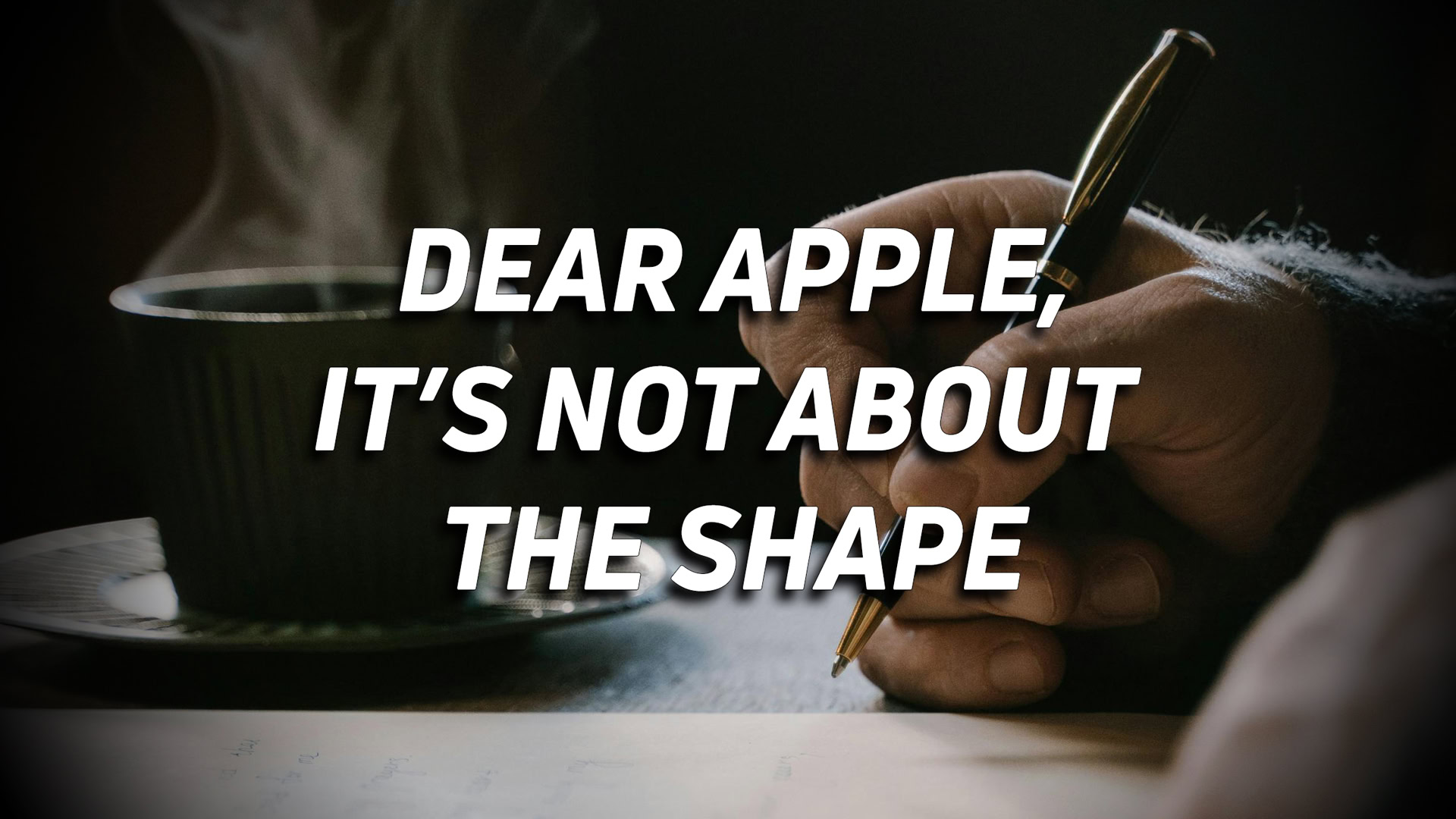
In an event on September 9, 2024, Apple announced its new AirPods, which boasted the best design for its unsealed options ever. However, the effort to optimize the shape of the earbuds was never the root of the design problem: it’s that the design itself has fit shortcomings that can’t be overcome by changing the shape alone. It’s a problem that plagues many different earbuds on the market, but it’s a real problem that needs some explanation.
Editor’s note: this article was updated on September 26, 2025, to discuss the AirPods Pro 3.
What Apple did
Apple completely redesigned the earbud housing to launch the latest iterations of AirPods. The Cupertino colossus claims to have created an enormous dataset of photogrammetry and laser topography models to optimize the shape of both the AirPods 4 and AirPods 4 with ANC. The idea is that by calculating the possible shapes of the human ear, Apple could create a plastic housing to the earbuds that would fit people better.
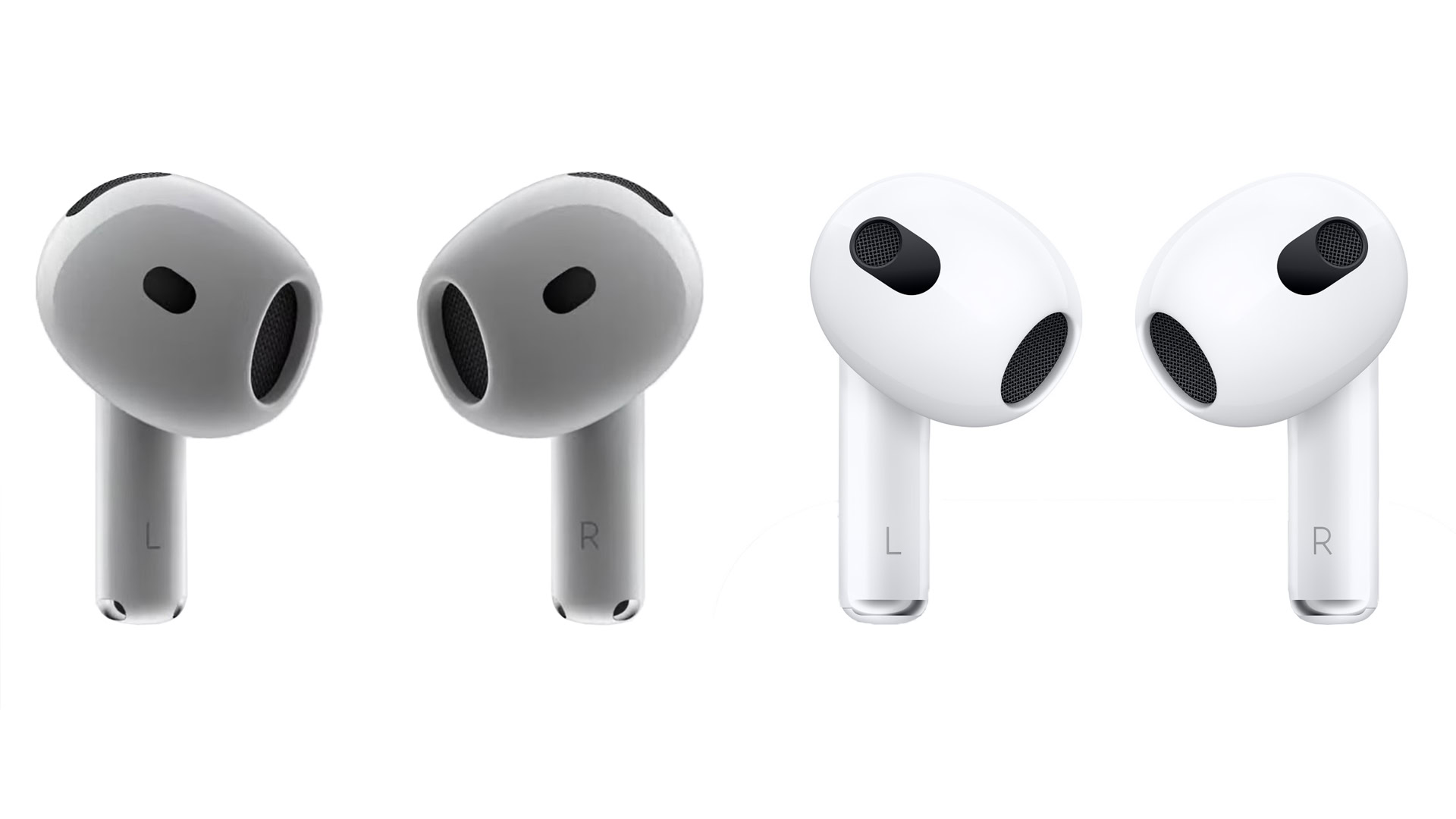
The result of that design process yielded an earbud design with a different angle to its sound output port, a slightly different shape to the outer housing, and that’s about it. Allegedly, this should nestle close to your ear canal easier, but it doesn’t address the eventuality that there will be some who are simply incompatible with this shape. What then?
Apple made lofty claims that this one shape would fit more ears better. However, this begs the question: Does one shape work for all ears? As you should know by now, the answer is a resounding “NO.”
The AirPods’ design problem
The problem with this new design — shared by every unsealed AirPods design — was never the shape of the earbud itself. Over several iterations, Apple improved the design enough to keep people coming back, even though the ubiquitous earbuds’ tendency to fly out at the drop of a hat reached meme status within hours of the product’s initial release.
The issue is that there are too many ways for the earbud to fall out, and not enough ways for all shapes and sizes of ears to prevent this from happening. It would be one thing if these earbuds sealed to your ear, but because they don’t: there’s not much to stop the earbuds falling out even if the chassis fits in your ear well. When the earbuds fall back, the extra weight at the top of the bud then relies on the lollipop stick’s fit in your ear — but that only holds the earbuds in on one axis. If there’s any force perpendicular to that axis (say, if you turn your head, run, or jump), the earbuds can fall out much easier than others would.
It’s a bad design because it doesn’t address common failure points that could be solved fairly simply. You are never going to design a set of earbuds that fits everyone with one rigid, unchangeable shape. You do it by creating a design that can change its shape to meet many different types of ears. It takes courage to do the right thing, something I’m hoping Apple will find the next time AirPods come up for a redesign.
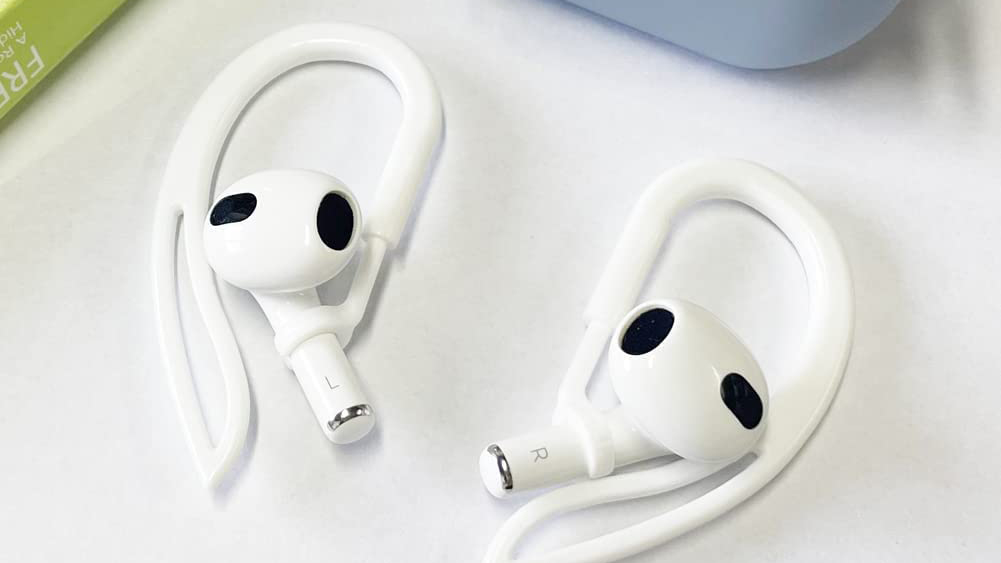
Over the years, a cottage industry of AirPods accessories has cropped up to deal with this design shortcoming. Some vendors offer ear hooks or sleeved covers, while others sell concha fins. Though there aren’t many notable companies doing this, the fact that so many of these accessories are being made should give you pause. If this is a design problem that doesn’t exist, then why are products that fix it something that keeps showing up on Amazon?
These products exist because people buy them, looking for a solution to a clear problem.
On vegetable peelers and good design
To be a bit more constructive, we should try to learn from one of the more notable examples of good design to get a better picture of what that might look like for earbuds.
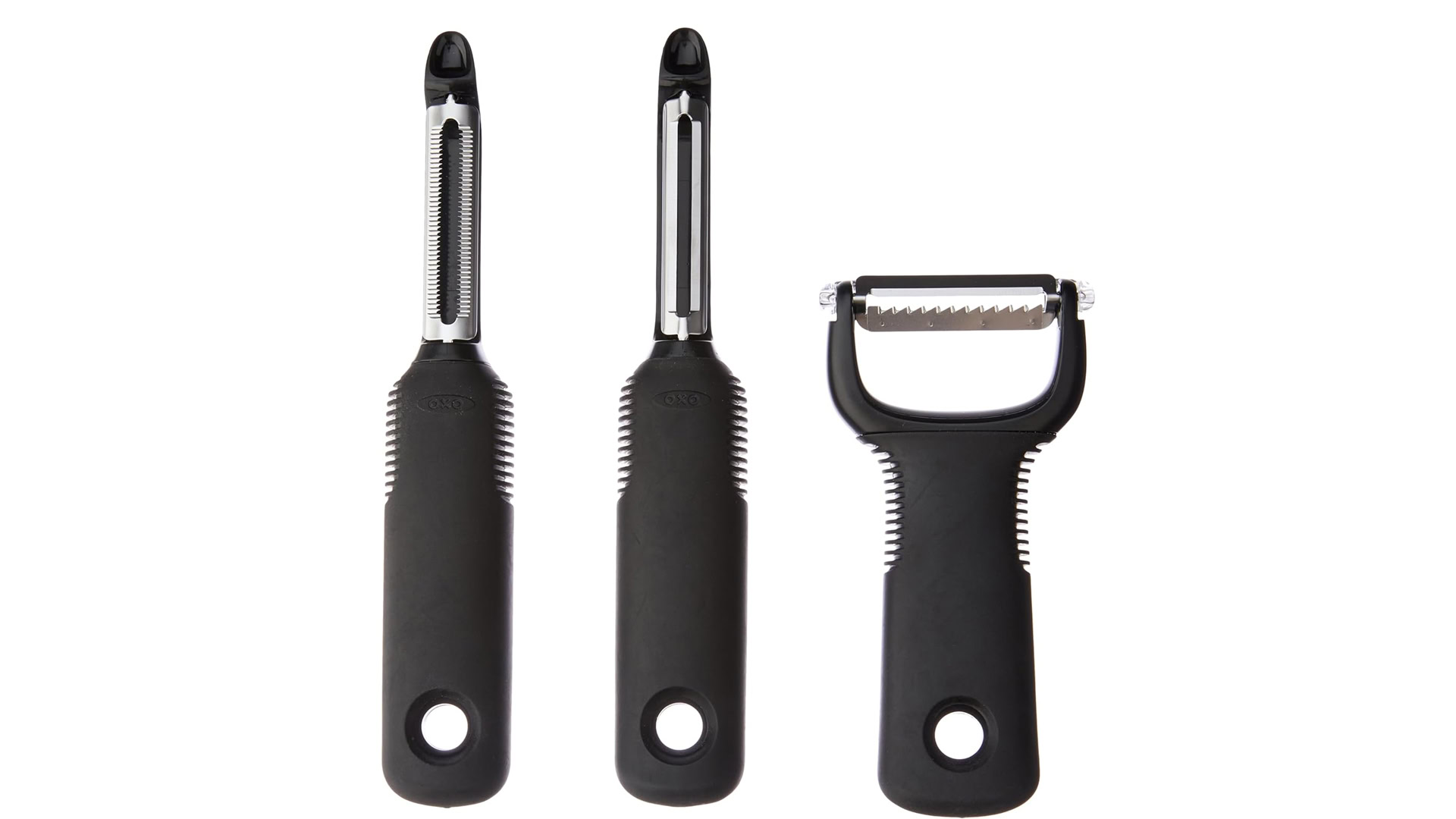
In 1989, OXO pioneered the Good Grips vegetable peeler in an attempt to create a product that everybody — arthritic hands or not — could use comfortably. Betsey and Sam Farber, designers of the new form of peeler, were able to create a design that wound up dominating the space for the next 35 years and counting. The reason why is simple: the chunky, grippy, somewhat malleable peeler can be used by people who couldn’t normally use it, and it works better for those who could. Not only does the design lend itself to reducing fatigue and pain through its use, but it also makes the task much more manageable for those who can’t use more traditional peelers comfortably. Using different textures, materials, and areas that can be squished down provides a massive amount of leeway to accommodate a huge range of grip geometries, strengths, and sizes. The innovation here was that the product can be manipulated to fit each user, rather than just the shape alone.
The reason that the OXO vegetable peeler worked so famously isn’t because of an iterative improvement upon a poor design idea. It’s because the new design was able to radically account for most of the different kinds of failings the tool could have. It improved the experience of users by embracing the entire constellation of their needs. Specifically, users who have needs that aren’t met by designs made for folks unencumbered by age, size difference, or motor skill. The basic AirPods may be one of the best-rated products for personal audio, but why do you think the AirPods Pro have supplanted them? It’s because they use an extra design feature to fit more users better — even if they’re not perfect.
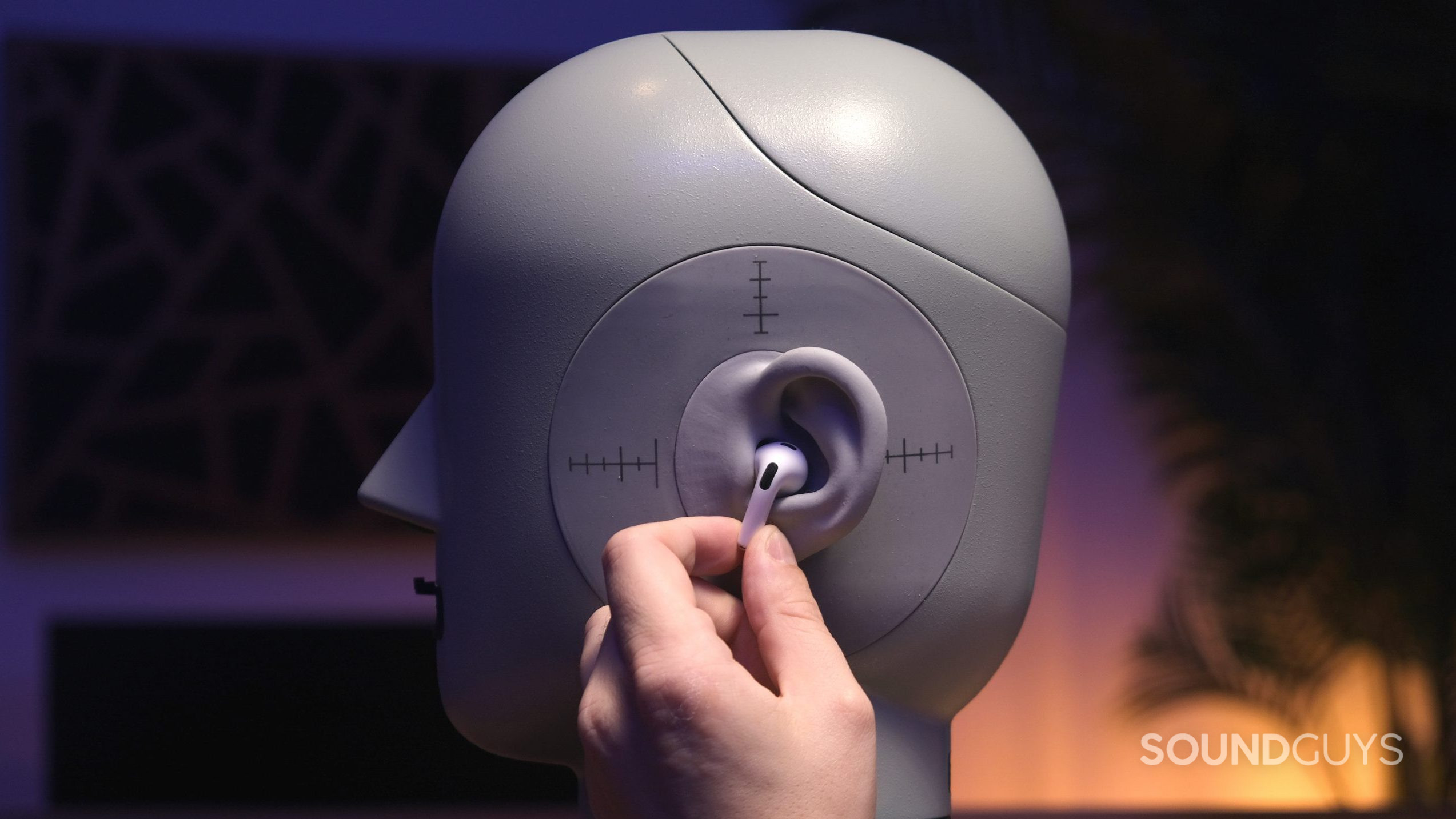
We know that even unsealed earbuds can work well because we’ve seen it before. For example, the Samsung Galaxy Live may not have been perfect, but they were more or less secure in fit because they had a much larger contact area with your ear (especially the concha). Additionally, a growing segment of open earbuds that lean into their open nature and go overboard on attaching themselves to your ears has sprung up, to somewhat decent results. Though this category has its challenges, models like the Bose Ultra Open Earbuds or Nothing Ear (Open) take their design shortcomings seriously, and offer a better fit than AirPods do.
The AirPods Pro are not immune either
When Apple announced that it had undergone a redesign for the latest AirPods Pro, groans resounded through the office because we knew what was coming. Was there going to be a concha fin like that of the Sony LinkBuds Fit? Was there going to be more malleable material on the case that allowed more ear shapes to work with Apple’s flagship earbuds? Nope. They again designed a new shape of hard, smooth plastic that fit within a few more ear shapes than before. In the process, Apple made AirPods Pro that did indeed meet some users’ needs better. But for others, the new AirPods Pro didn’t fit where the old ones would. There’s only so much you can do with smooth plastic alone — it was an inevitable outcome.
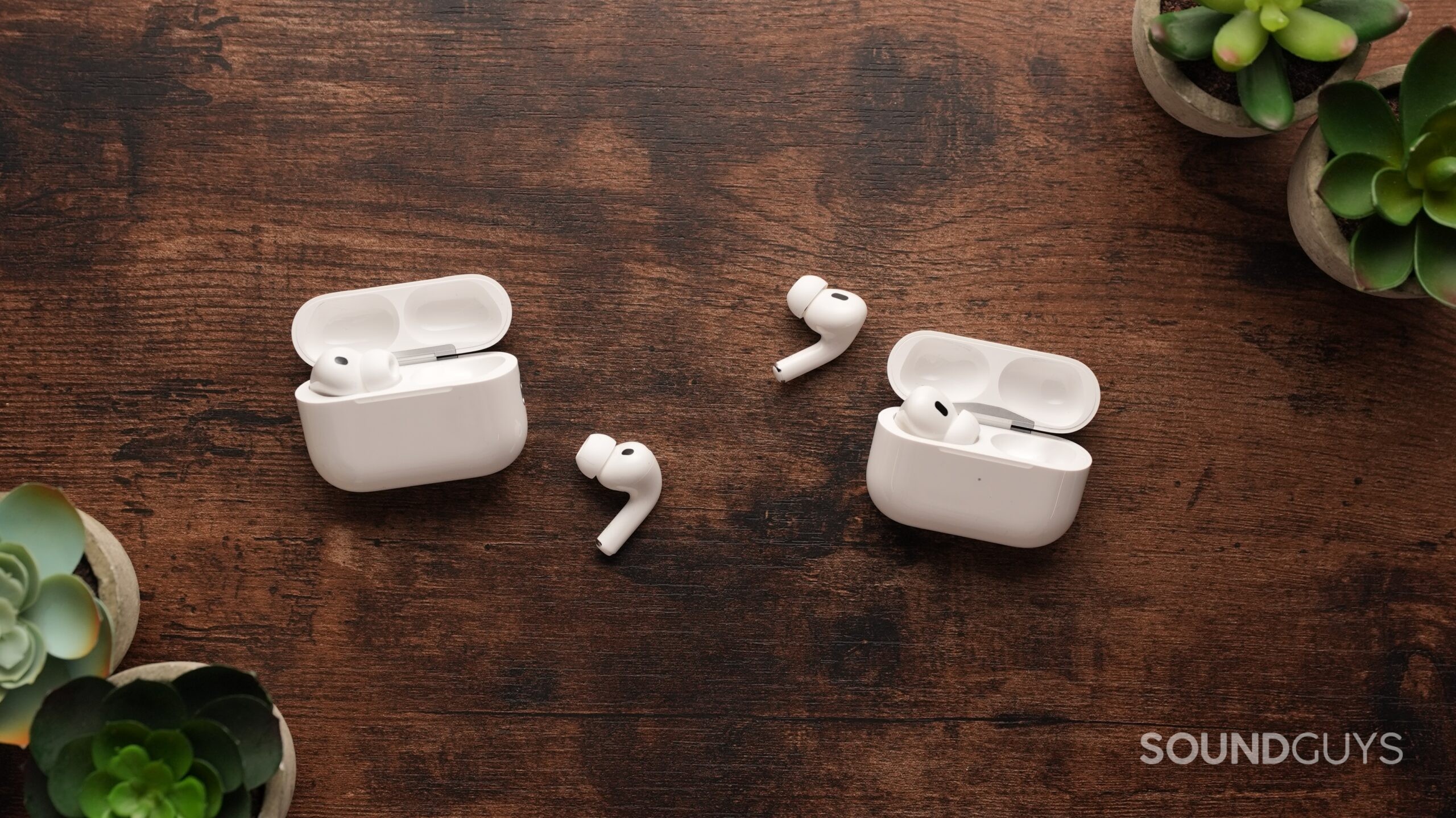
To its credit, Apple did improve the ear tips somewhat by infusing foam into the sleeves, but here, too, the company missed the point. The reason why foam is a popular design element isn’t because of some mystical property of the material lent by its mere presence, it’s because the material will expand to fit any shape, where silicone doesn’t do that well. In some ways, the new eartips may as well not have any foam in ’em at all, because there’s little improvement under ideal conditions. Specifically, they isolate you from outside noise a little better between 2 and 5kHz. If the tips and earbuds don’t fit you well enough to get a good seal, then the level of ANC you’ll enjoy will be far worse than it could be.
Loading chart ...
Because the Apple AirPods Pro 3 uses advanced sensors to toggle certain behaviors from the hardware, anything that can compromise fit can worsen performance in ways that aren’t an issue with other earbuds. Things like ANC, and Adaptive EQ all require you to trigger the sensors on the outside of the earbuds. But when the shape of the earbuds are incompatible with an ear, the AirPods Pro 3 often push out enough for the ear-detection to fail. Sometimes, this causes features not to work as intended. There’s only so much malleable ear tips can do to hold earbuds in place, and they can’t be the only solution relied upon to solve all fit woes.
We all should strive to make genuinely useful improvements for people who need more out of the tools they use every day.
Normally, we wouldn’t go for body blows on a set of $250 earbuds so brazenly. But if Apple is correct in asserting that the Apple AirPods Pro 2 are the best-selling earbuds of all time: it means that any design shortcoming with that particular product is going to affect a lot more people than it would with others. Loads of smart people work on these things, and it can’t feel great to get harangued for something that the engineers and designers probably already know is an issue. But damn, is it time to stop pretending like the AirPods mark some milestone in good design just because they’re popular.
What could fix it
We know that Apple has learned some of the lessons OXO learned way back when because of its continuing support and development of the AirPods Pro 2 as a Personal Sound Amplifying Product (PSAP), and then hearing aids. I want to make sure that Apple is commended for that because our most common music-listening devices doubling as hearing aids offer a zero-stigma path for anyone to get the assistance they need. We all should strive to make genuinely useful improvements for people who need more out of the tools they use every day. But the design of the AirPods is a perfect case study in missing the point of the exercise: earbuds that can’t be adjusted to meet different people fail those people. It takes multiple design elements to maximize your ability to fit your users, and changing the shape of a glossy plastic earbud won’t accomplish that as effectively as using malleable materials like foam and rubber in more places.
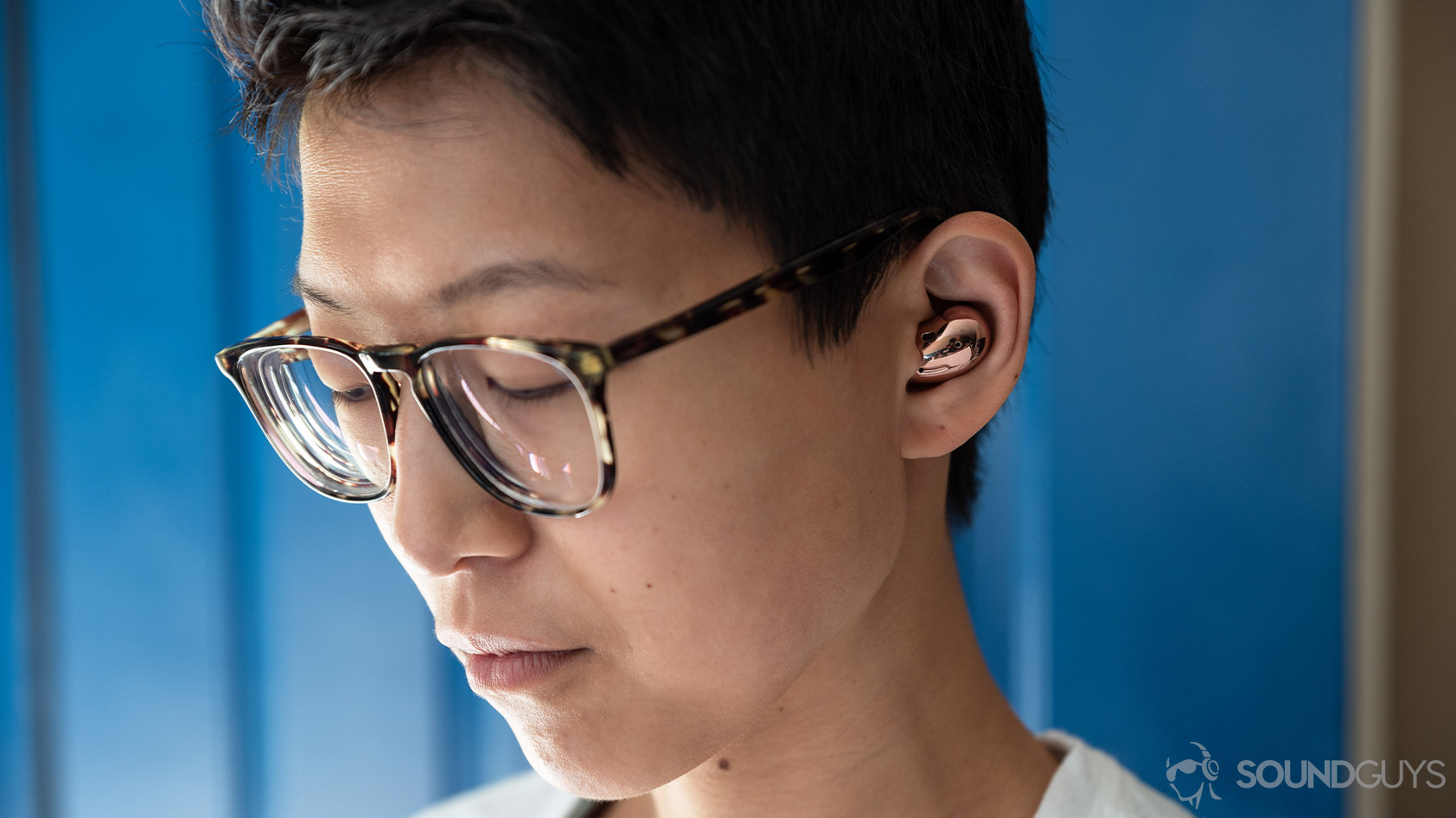
When the Beats Fit Pro launched, it was my go-to recommendation for anyone who wanted AirPods, but didn’t want to buy them because of fit issues. Though this was a set of earbuds that has a nozzle and ear tip, it was the soft, pliable concha fin that made all the difference. In fact, some of the bootleg AirPods-fixing products on Amazon use an extremely similar concha fin to hold AirPods to your ear canal without applying too much pressure. If Apple made something like this standard with its earbuds, it could dramatically boost the effectiveness of its new active noise canceling (ANC) feature, as well as make good sound quality more reliable through a more consistent fit.
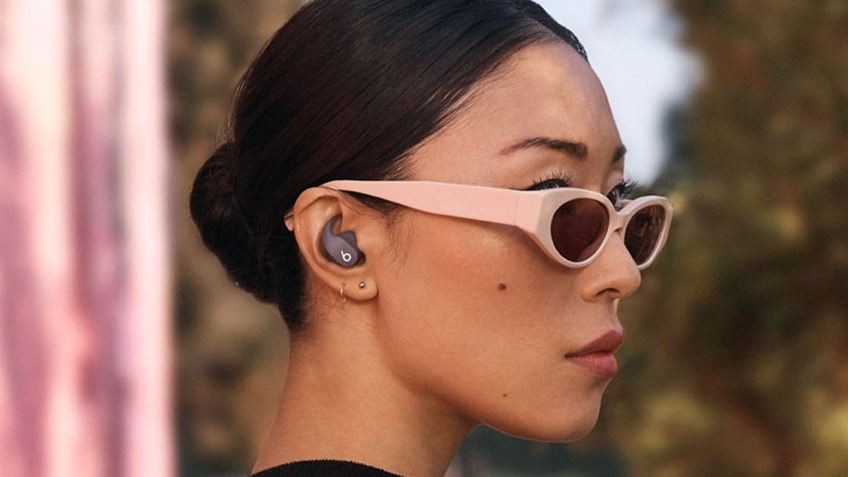
Creating new methods of securing a fit for earbuds doesn’t have to mean using bulky additions to the design, but it does require some honest introspection and a willingness to rip the bandage off. Apple, I’m begging you: AirPods need a more radical redesign. I’m tired of writing the same thing year after year after year. Everybody benefits if a new design allows more users to enjoy your product, so please stop trying to force every peg through the same hole.
Thank you for being part of our community. Read our Comment Policy before posting.